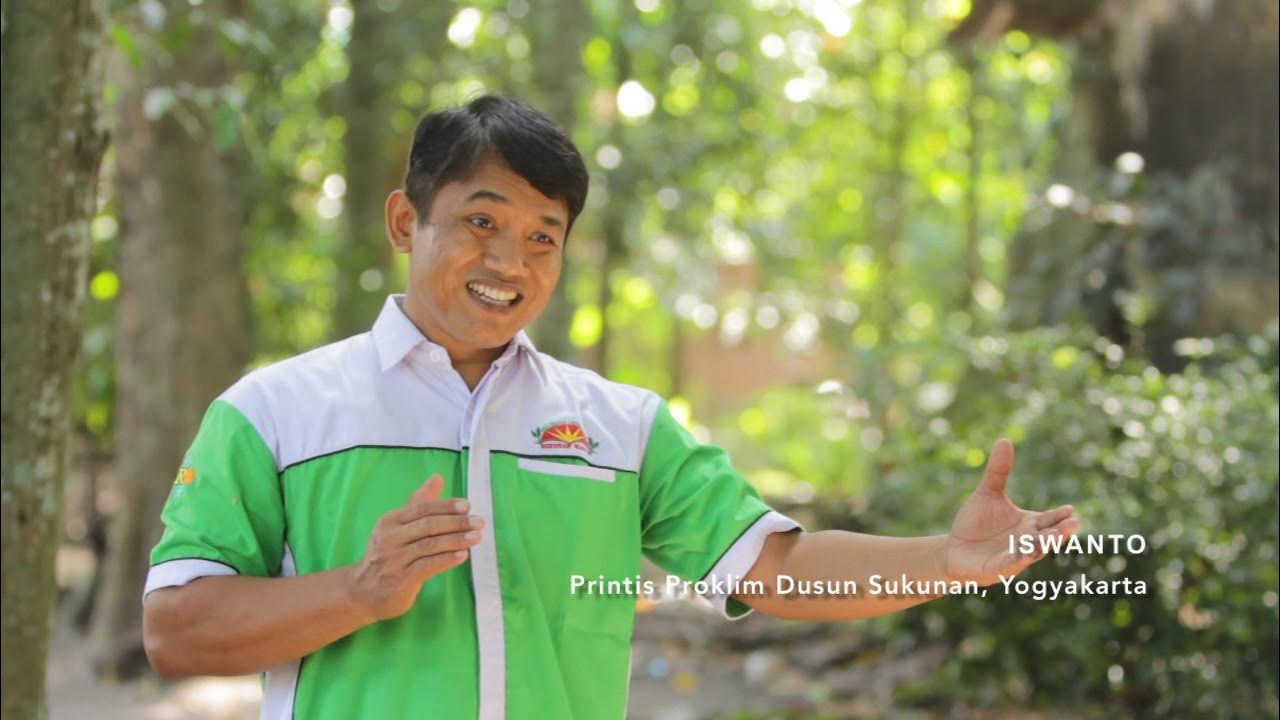Mengolah Kotoran Sapi Menjadi Biogas Untuk Memasak! | SI UNYIL (01/09/20)
Summary
TLDRThis video highlights an innovative and sustainable initiative in a village, where cow manure and tempe production waste are turned into biogas for energy. The process involves using tempe production byproducts as cattle feed, which in turn makes cow dung more manageable for biogas production. The resulting biogas is used for cooking, lighting, and powering essential equipment, providing a clean and efficient energy source. The community benefits from renewable energy, showcasing an inspiring example of resourcefulness and collaboration in rural settings.
Takeaways
- 😀 Biogas can be generated from cow dung and tempeh waste, providing an eco-friendly energy source.
- 😀 The process of converting cow dung into biogas involves fermentation in a digester over three days.
- 😀 The biogas produced from cow dung is mostly methane and carbon dioxide, which can be used as fuel for cooking and lighting.
- 😀 The blue flame produced by biogas indicates high purity and efficient combustion.
- 😀 Cow dung mixed with tempeh production waste like soybean skins and wastewater makes it easier to produce biogas.
- 😀 The biogas system is highly efficient for cooking, providing stable and faster heating compared to traditional fuels.
- 😀 Biogas can also serve as a backup energy source, such as for lighting when electricity goes out.
- 😀 The use of biogas in tempeh production helps with both cooking and frying processes.
- 😀 The biogas system eliminates the unpleasant smell typically associated with cow dung.
- 😀 The overall initiative supports sustainable energy generation and contributes to the local economy in the village.
Q & A
What is the main process described in the script?
-The script describes the process of utilizing cow dung and soybean waste from tempe production to generate biogas. This biogas is used for cooking, lighting, and powering equipment in a community.
How is the waste from tempe production used in the biogas process?
-The waste from tempe production, including soybean skins and leftover boiling water, is used as animal feed for cows. This makes the cow dung more liquid and easier to process into biogas.
What role does the digester play in the biogas process?
-The digester is a container where cow dung is collected and undergoes anaerobic fermentation for three days. This process produces methane and carbon dioxide, which are captured and used as biogas for fuel.
What are the benefits of using biogas from cow dung?
-Biogas derived from cow dung is a clean and efficient fuel source. It produces a stable blue flame that is ideal for cooking, is environmentally friendly, and can even be used for backup lighting.
How is the biogas utilized in the community?
-The biogas is used for cooking, lighting, and running equipment like petromax lamps. It serves as an alternative to electricity and is particularly useful during power outages.
What does the blue flame indicate about the biogas?
-The blue flame indicates that the biogas is pure, with complete combustion, ensuring efficient energy use without harmful emissions.
What is the significance of the 'blue flame' mentioned in the script?
-The 'blue flame' is significant because it shows that the biogas burns cleanly and efficiently, providing stable heat for cooking and reducing waste or pollution.
What is the connection between tempe production and the biogas process?
-Tempe production contributes to the biogas process by providing waste materials, such as soybean skins and water, which are fed to cows. This waste helps make the cow dung more liquid and easier to process into biogas.
What challenges or humorous moments are highlighted in the script?
-The script includes a humorous moment when someone mistakenly interferes with the electrical setup, causing some confusion and laughs. The playful tone adds lightness to the topic of biogas production.
How does the biogas process help the local community in terms of energy production?
-The biogas process helps the local community by providing a renewable and sustainable source of energy. It reduces reliance on conventional electricity and provides an eco-friendly alternative for cooking and lighting.
Outlines

This section is available to paid users only. Please upgrade to access this part.
Upgrade NowMindmap

This section is available to paid users only. Please upgrade to access this part.
Upgrade NowKeywords

This section is available to paid users only. Please upgrade to access this part.
Upgrade NowHighlights

This section is available to paid users only. Please upgrade to access this part.
Upgrade NowTranscripts

This section is available to paid users only. Please upgrade to access this part.
Upgrade NowBrowse More Related Video

SUKUNAN kampung iklim tipe perkotaan di yogyakarat

Desa Sruni, Mandiri Energi Dari Kotoran Sapi

Mengolah Kotoran Sapi Jadi Sumber Pakan, Pupuk dan Energi Ramah Lingkungan

Pannaan haisemaan! Biokaasusta sähköä, miten bioenergiaa tuotetaan? - Linnanahteen Energiamurros

Tamil Nadu Village Turns Cow Dung to Electricity

Peternak di Sleman Tak Terpengaruh Kelangkaan Gas! Ini Rahasianya! | Fokus
5.0 / 5 (0 votes)